Things to Know About Altitude Sickness
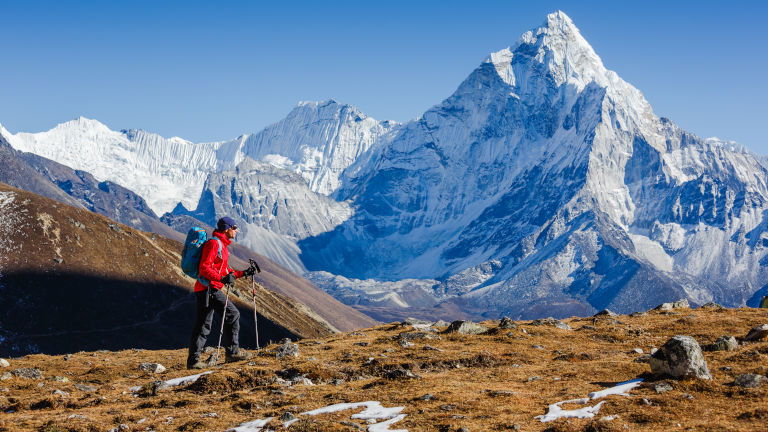
Altitude Sickness is a concern for many travellers whose tour takes them to destinations at high altitude. There are so many incredible places to discover that are nestled well above sea level, and while Altitude Sickness need not be a deterrent, there are some things you need to know before heading off on your holiday. Here are some of them.
What is Altitude Sickness?
Altitude sickness, or Acute Mountain Sickness (AMS), is the body’s response to reduced oxygen levels. At higher altitudes the oxygen levels are lower, meaning there is less available for the body’s normal functions. People typically start feeling symptoms from 2500 meters above sea level, however, everyone will react differently to this change in oxygen levels. It is impossible to predict who is susceptible, so regardless of your fitness level, read on for some helpful information in preparation for your trip.
Risk Factors for Altitude Sickness
The biggest contributor to AMS is ascending too quickly. While predicting individual reactions to altitude is difficult, there are some pre-existing medical conditions that may increase risk. Some conditions worsen at high altitudes, so if you have chronic or pre-existing medical conditions or take regular medication, you are recommended to consult your doctor prior to travel and inform your tour leader on your trip. You will often be asked to complete a medical form to assess your health prior to travel.
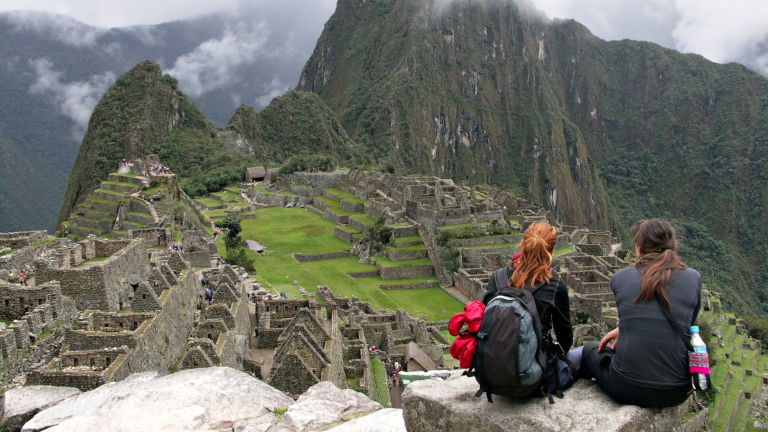
Symptoms of Altitude Sickness
Symptoms of Altitude Sickness include a headache, fatigue, appetite loss, disturbed sleep, dizziness, nausea, vomiting, irritability, and swelling of the hands, feet and face. People may experience one or any combination of these and it is important to monitor your condition as it can lead to more severe illnesses if symptoms persist. Altitude Sickness can advance to High Altitude Cerebral Edema (HACE) or High Altitude Pulmonary Edema (HAPE), both potentially fatal if left untreated.
Symptoms of HACE and HAPE
HACE occurs with fluid on the brain, while HAPE is fluid on the lungs. Symptoms of HACE can include, but are not limited to; confusion, loss of balance or coordination, blurred vision, drowsiness, nausea, and a severe headache not alleviated by painkillers or rest. Symptoms of HAPE can include, but are not limited to; breathlessness, severe fatigue, a cough (dry or wet, sometimes with a blood tinted discharge), chest tightness or heart palpitations, darkening of skin (usually a bluish hue on face/lips/tongue), and a low fever.
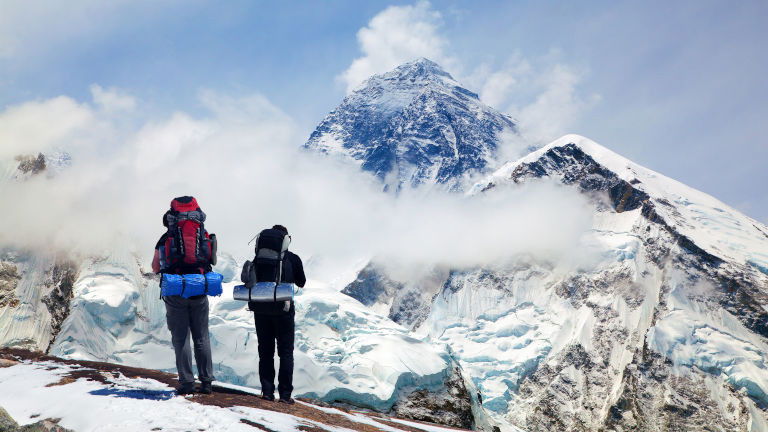
Prevention of Altitude Sickness
The best way to prevent Altitude Sickness is to take things steady and ascend slowly, giving your body time to adjust. Itineraries are designed to allow for this acclimatisation, however, as everyone reacts differently it is important to let your tour leader know if you experience any symptoms. Keeping hydrated is also very important, drinking at least 4 litres of water a day. Avoid substances that may affect your hydration, such as alcohol and tobacco. Meals high in carbohydrates may also help reduce the risk. Chat to your doctor before your trip about medications that may assist.
Consult the Experts
This information is provided in good faith. It is important to consult your doctor before you travel into regions where Altitude Sickness may be a risk. You will be accompanied on your trip by experienced guides who will also provide advice as you go – you are in good hands! While tours to high altitude do entail a risk of Altitude Sickness, the rewards are plentiful! The best way to enjoy these incredible places is on a tour, where experienced guides will help you navigate the altitude and showcase the amazing destinations that make it all worthwhile!

25 March, 2024
Exploring the Moroccan WildernessMorocco is a captivating destination where its vivid culture and historical depth converge,...

31 March, 2022
Exodus' Top Walking ToursWalking. Sometimes it’s the best way to see the world. Come within a hair’s breadth of an...

10 January, 2022
Exodus Travels Voted Best Operator in the National Geographic Reader AwardsMulti-award-winning small group and self-guided tour experts Exodus Travels have been named...
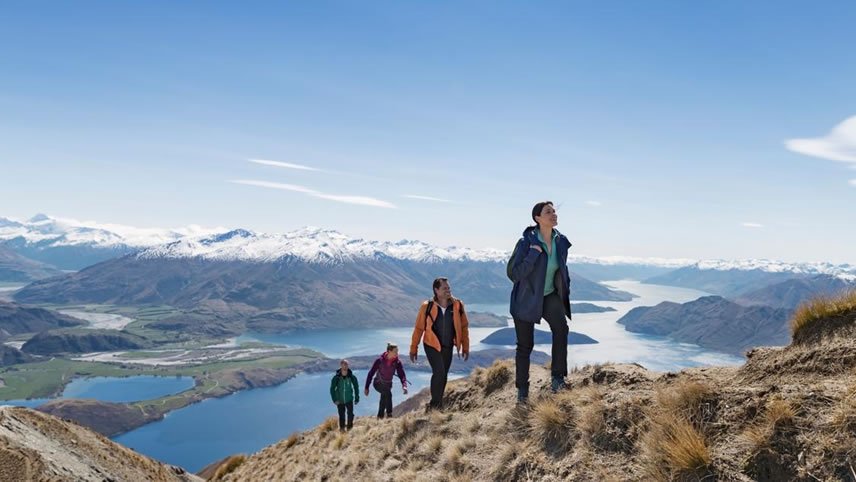
30 July, 2020
5 Awesome Walking Trails on NZ’s South IslandNew Zealand’s South Island is incredibly scenic. Raw beauty enchants at every turn and...

21 July, 2020
Adventure Meets Luxury: APT’s Walking Tours in Australia and New ZealandAPT have expanded their Australia and New Zealand tour collections to include a new travel...
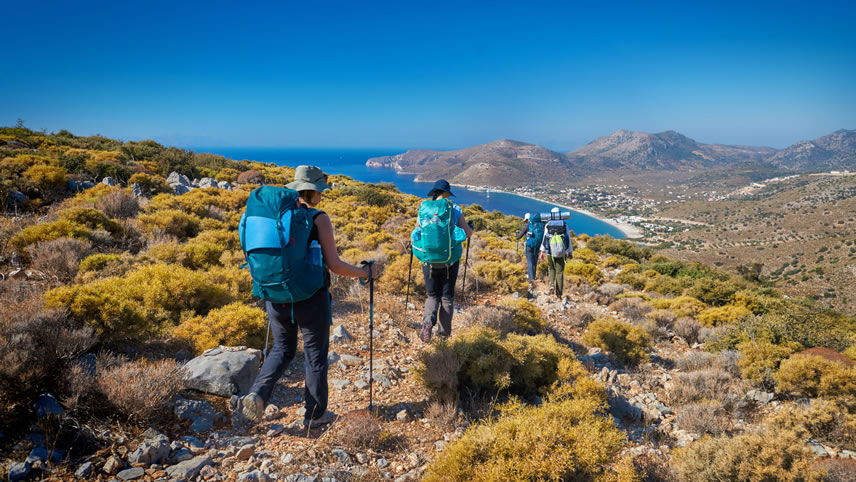
07 November, 2019
Top Trails to Explore on a Walking Tour of GreeceGreece is a paradise for active travellers who are keen to explore everything the mainland and...
